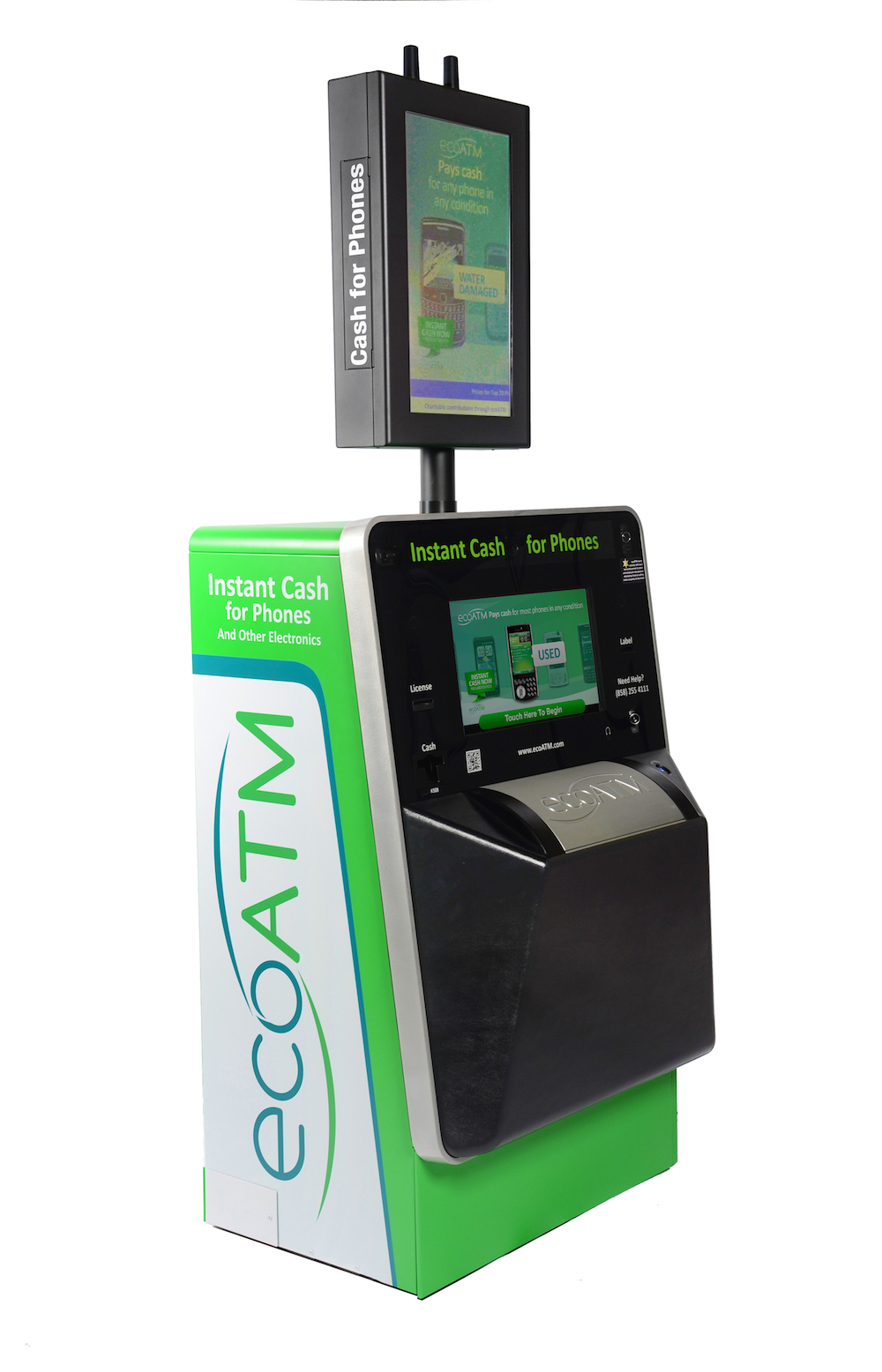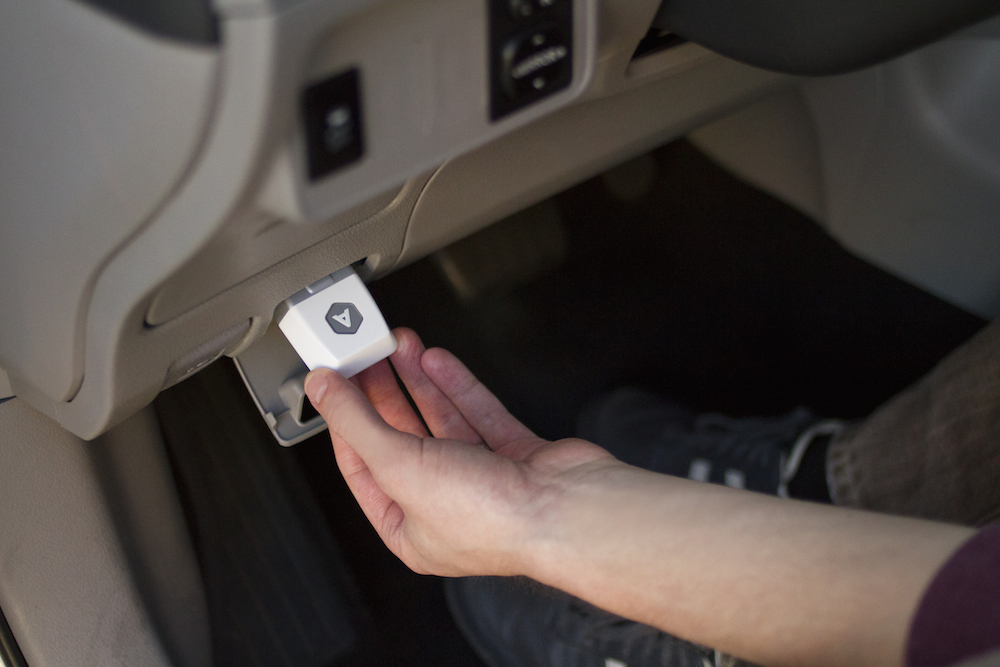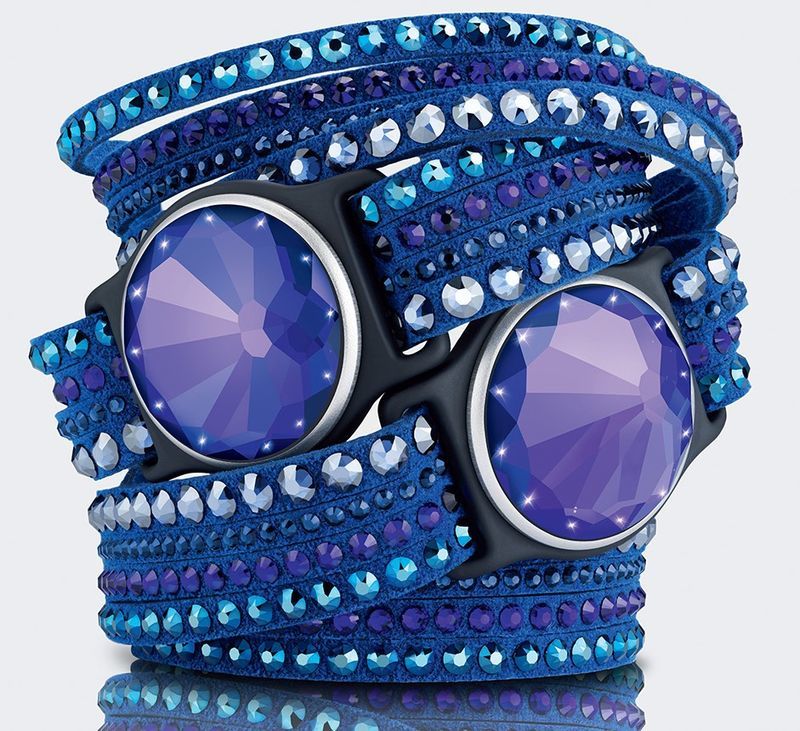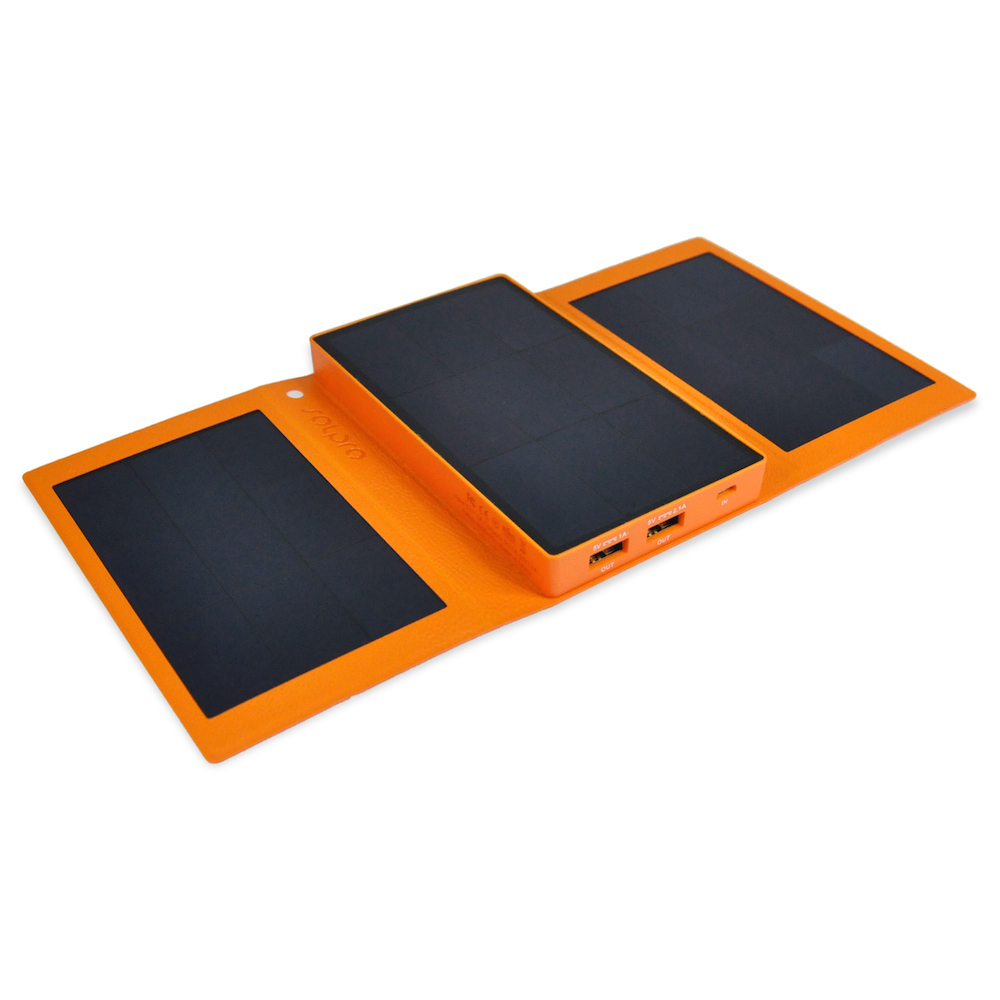Coolest Eco-Friendly Technologies at CES 2015
LAS VEGAS — Companies from around the globe are debuting technologies here at CES that aim to remedy today's most pressing environmental problems.
Some of the biggest names in tech announced that they're embracing more eco-friendly designs for their products. For instance, Samsung introduced a computer monitor made of 30 percent recycled plastic that runs on less energy when it's not in use than conventional monitors. Electronics company LG announced a whole line of "greener" home appliances that use less energy and water than the company's previous models, and Mercedes announced a new luxury vehicle powered by hydrogen fuel cells.
Lots of small companies are getting in on the action too, introducing products — from solar-charging stations to pollution sensors — that put the environment first. Here are some of the coolest green tech products being showcased at CES. [5 Ways Your Tech Will Go Green in 2015]
ecoATM
EcoATM is a stand-alone machine (it looks kind of like a RedBox or CoinStar machine) that allows users to exchange old electronics for cold, hard cash. While it's not exactly new (the first ecoATM launched in 2009), this product was a hit this year at CES, where onlookers crowded around to watch the machine assess the value of beloved smartphones.
The electronics that ecoATM reclaims can be mined for the valuable and rare metals they contain. By recycling your old devices, you can prevent toxic mining waste from being poured into the environment, according to the company. And by keeping electronics out of the garbage dump, you also prevent the toxic materials found inside these devices (things like mercury and cadmium) from leaking into the ground.
Of course, not all of the electronics that find their way into the ecoATM are actually taken apart and used for parts. Most of them are resold to new owners, a company spokesperson told Live Science. (Photo Credit: EcoATM)
Get the world’s most fascinating discoveries delivered straight to your inbox.
Automatic
Automatic lets you harness the computing power of your car for the sake of fuel efficiency. This little device plugs into the diagnostic port of your vehicle, which is typically tucked between the dashboard and the brake pedal. Once plugged in, Automatic connects the car's computer system to your smartphone, relaying data about all of your car's subsystems — from the gas tank to the engine.
With this data at the ready, the device can tell you when there's something wrong with your car before it becomes a major issue, a company spokesperson told Live Science. It's like preventative health for your car, she said, letting you diagnose a problem before it starts eating away at your fuel efficiency or increasing your emissions. [Top 10 Emerging Environmental Technologies]
In addition to letting you know when there's something wrong with your car, Automatic also notifies you when there's something wrong with your driving. If you tend to accelerate too quickly, Automatic will inform you that this bad habit wastes gas. In fact, the company claims that the device can help you spend up to 33 percent less on fuel each year just by getting you to avoid a few gas-guzzling habits. (Photo Credit: Automatic)
Tzoa
Tzoa is a portable environmental sensor that tracks everything from air quality and ultraviolet radiation to humidity and temperature. You can place Tzoa on a side table and let it monitor the air in your living space, or you can clip it to your backpack and it'll measure UV exposure as you walk along the city streets.
The purpose of the device is to help put people in touch with their environment, according to Kevin Hart, Tzoa's co-founder. Users are encouraged to get outside and map air pollution in their communities. This data can then be shared with other Tzoa users via the company's app, Hart told Live Science.
"By crowdsourcing data on to public maps, we can locate chronic issues in our communities and take action against sources of harmful issues," Hart said. "Overall, we believe that awareness leads to advocacy, which leads to action — and that will perpetuate green technologies."
Tzoa users who want to get more involved in environmental advocacy can sign up for the company's ambassador program, an effort that promotes environmental stewardship in communities across the globe. (Photo Credit: Tzoa)
Misfit Shine
The fitness and lifestyle company Misfit announced a new product at CES: the Swarovski Shine. This fitness and sleep tracker was designed in collaboration with jewelry giant Swarovski and features a large blue-hued crystal embedded with sensors. Customers can buy a pendant necklace or wristband to store this attractive wearable, which has one surprisingly green feature: it's solar-powered.
Not all versions of the Shine run on sunlight, just the blue-colored wearable, which Misfit has dubbed an "energy harvesting crystal." The clear crystal version of the Shine can't absorb quite as much light as the blue version, which is why it needs a traditional battery. (Photo Credit: Misfit)
Solpro
Of course, the Misfit Shine isn't the only product at this year's CES that gets its power from the sun. Solar tech company Solpro unveiled its new solar-powered phone-charging device, the Helios Smart, this week, as well.
The device is a pocket-size rectangle that unfolds to reveal three solar panels. These panels can absorb enough sunlight in 90 minutes to charge a standard smartphone, according to the company. The Helios is ideal for those who are on the go and don't feel like hunting for a charging station, or those who are living off the grid (even if just on a camping trip). But Solpro CEO Bill Pike thinks the device is a good solution for everyday charging, as well.
"It won't be just for camping and emergencies," Pike told Live Science in an email. People want alternative, sustainable options for generating energy, he said. (Photo Credit: Solpro)
Follow Elizabeth Palermo @techEpalermo. Follow Live Science @livescience, Facebook & Google+. Original article on Live Science







